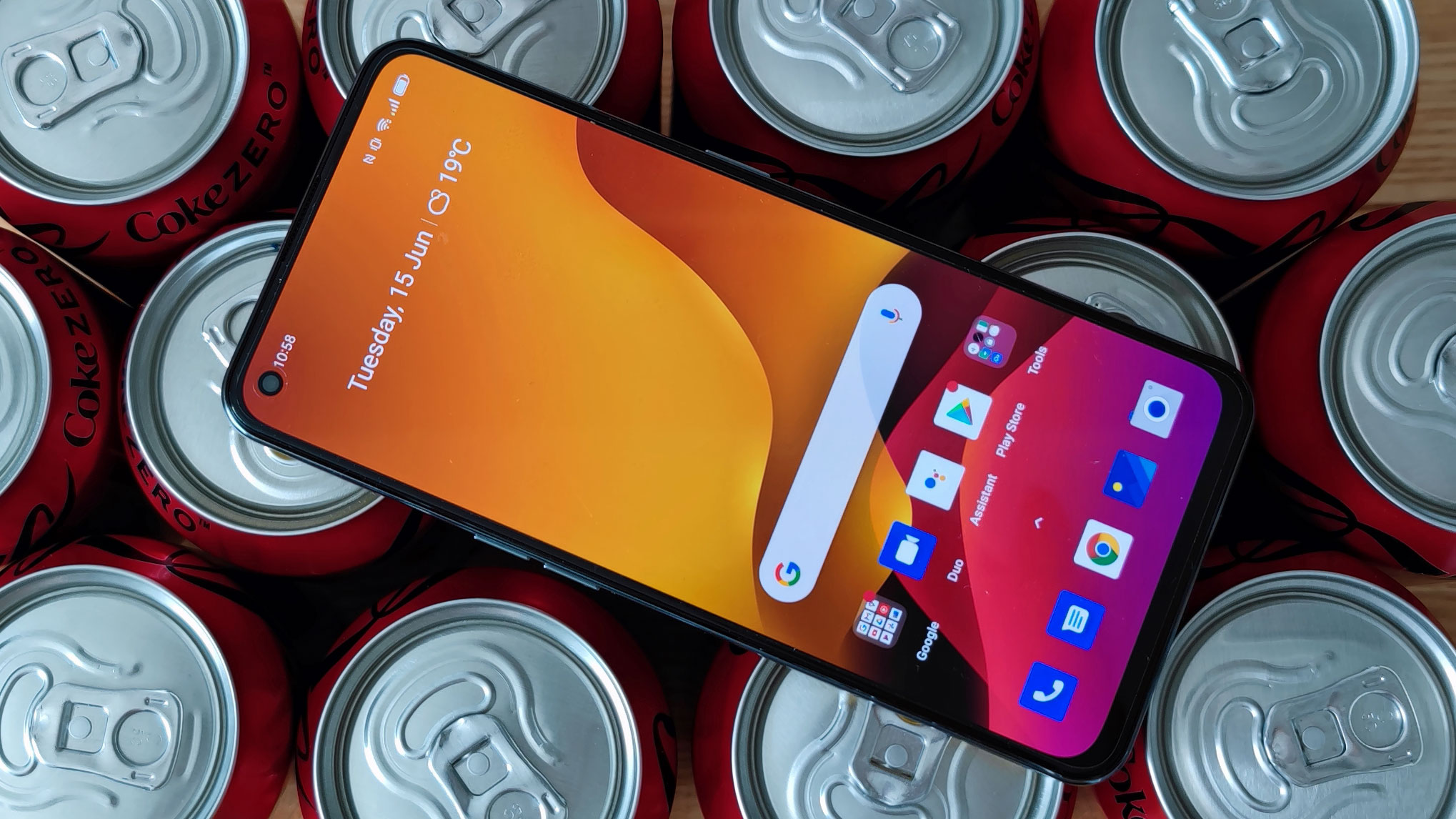This upcoming Realme phone sounds like an exciting Samsung Galaxy S22 rival
Bigger things from Realme

Between the Realme GT and Realme 8 Pro, the new-kid-on-the-block of phone companies saw a gangbuster 2021 - according to Counterpoint Research the company has been growing 135% year-on-year, far outpacing its rivals - but Realme's 2022 could be even more exciting.
This comes from ITHome, a Chinese news website, which quotes Realme's president Xu Qi in saying that some top-end devices will be coming from the company in early 2022. Apparently, this device will cost around CNY5,000, which converts to about $780, £570 or AU$1,050.
Most Realme phones are budget or mid-range phones, and although the company has dabbled with more premium devices too, it hasn't put out a true top-end device (despite teasing one a year ago).
- These are the best 5G phones
- Check out our Realme 8 review
- The Oppo Find X4 is coming in 2022 too
Guessing by the price - and the fact that phones often cost more outside China, making conversions very rough - it seems the teased Realme phone could be a premium model at the same rough price as the Samsung Galaxy S22, Xiaomi 12 or OnePlus 9.
We don't know any specs for the upcoming Realme phone yet - not even a name - so there's a lot left to learn. Some people online have referred to this as the Realme GT 2, but that moniker will likely be saved for the next mid-range device from the company.
This could be an exciting new mobile, as Realme has proven it can put out great value for money mobiles, so we're interested to see what comes. But the move could have an impact on other parts of Realme's business.
Analysis: don't forget where you came from
ITHome speculates that this launch from Realme is intended to capitalize on Huawei's diminishing market share on the top-end sector, following OnePlus, Xiaomi and Oppo which all made a similar push in recent years.
Get daily insight, inspiration and deals in your inbox
Sign up for breaking news, reviews, opinion, top tech deals, and more.
That's likely correct - as per some Statista records, Huawei's share in the number of global smartphone shipments plummeted through 2020, which has led to some other companies profiting.
There's an issue for phone fans in this, though. When those aforementioned companies made the jump up to premium devices in their flagship product lines, these often began neglect the mid-range segment.
For example, Oppo's Reno series of mid-rangers really impressed us with its debut in 2019 - but from 2020, when it revived its Find X line of flagships, Reno mobiles stopped getting the interesting designs or top-end camera features that made them so interesting at the beginning.
Same with Xiaomi - while its Mi T mobiles are solid mid-rangers, we haven't been truly wowed since the Mi Note 10 in 2019, which came out just months before the Mi 10 which was the brand's first truly top-end flagship device.
From a business model perspective, these changes make sense - you don't want your mid-range phones to have too many cool features or specs, as it'll distract buyers from your most expensive ones. However, it hurts phone fans who want interesting devices but can't always shell out for pricey gadgets.
If Realme takes the step up to the premium market, it could make this same step and neglect the GT line in favor of the new devices. That'd be a shame, as the Realme GT was arguably the top mid-ranger of 2021 with a captivating design, fast processor and snappy charging, and we were hoping for many more years of intriguing GTs.
It's very early days to talk about Realme abandoning its GT line - not only is the new premium phone still months out at least, but Realme could also still focus on its great-value phones over the flagship. Only time will tell.

Tom Bedford joined TechRadar in early 2019 as a staff writer, and left the team as deputy phones editor in late 2022 to work for entertainment site (and TR sister-site) What To Watch. He continues to contribute on a freelance basis for several sections including phones, audio and fitness.